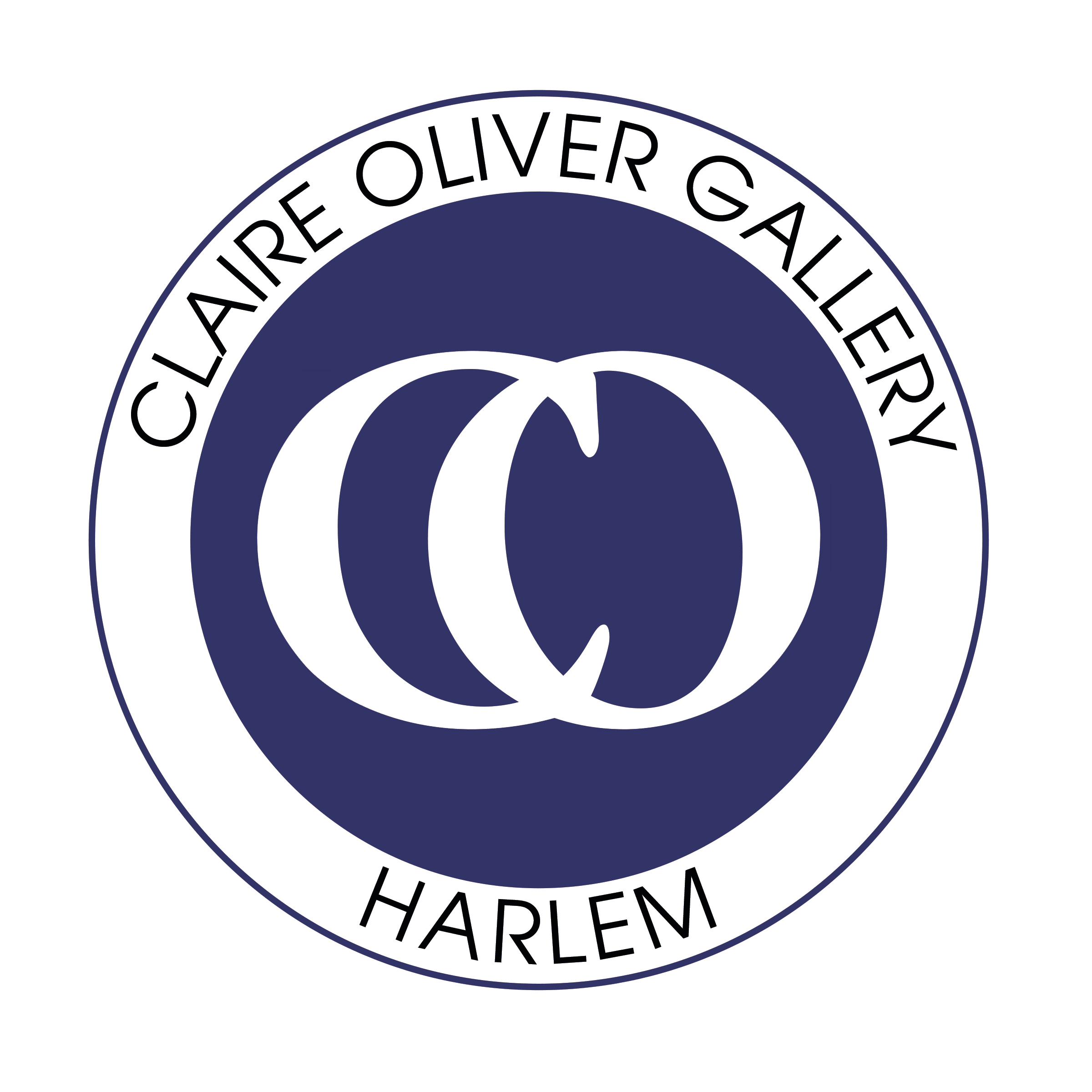The best stories balance the personal with some sort of universal experience. In the case of sci-fi and fairytales, the mundane mixes with the fantastical, allowing protagonists to achieve their transformative or transcendent moment. In “Our Family Portrait”(on view through July 26, 2025), Chinese-Canadian artist Sami Tsang has crafted her first U.S. exhibition into a near-perfect story arc using ceramics, mixed media, and ink. Her narrative begins with a specific and relatable question: How do adult children honor their family’s expectations while also remaining true to their individual desires? Tsang harnesses her cultural dualism to make this universal question distinctly personal. Her sculptural mannerisms and story-within-a-story approach provide many material and emotional entry points.
From a distance, the vessels are cute, grotesque, hyper, weird, and funny. Mouths are gaping or screaming. Fingers are casting spells and weaving fates. Feet have lost their slippers, which are filling up with liquid. Close looking is also rewarded: small figurines, illustrations, calligraphic texts, and superb textures adorn each large figure. For instance, inside the gaping maw of When Heroes Were Real (2025)—a five-foot-tall, monochromatic stoneware figure of a footed, floral humanoid—several tiny figures are hiding, including what appears to be two adults holding children. Under the tongue, another figure, ready to be the hero, holds a bat.
Tsang, who studied traditional Chinese painting in Hong Kong, used black ink to cover the walls with stylized characters similar to those in her ceramics. These hybridized human/animal creatures look out at the sculpted figures with a host of emotions and reactions, from curiosity to fear to displeasure. Set against the full-color sculptures, the black and white murals establish a past/present/future dynamic that creates a sense of narrative fullness while nodding toward memory, where past actions and emotions remain static, locked in place behind the colorful, action-filled sculptures. Though historical or mythological figures are often a theme in Chinese wall painting, serving as reminders of expectations and behaviors, Tsang turns, instead, to the stock symbolic figures of fairytales and fables. Her characters may not be individually recognizable, but they can be identified by their role in the narrative, from tricksters to healers, ancestors to witches.


